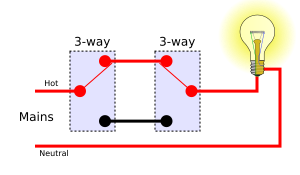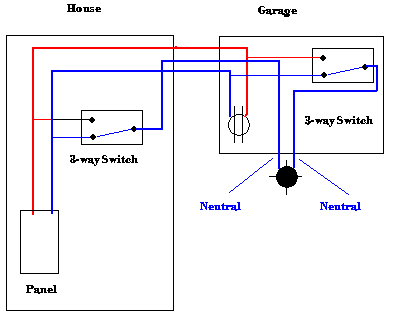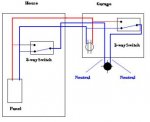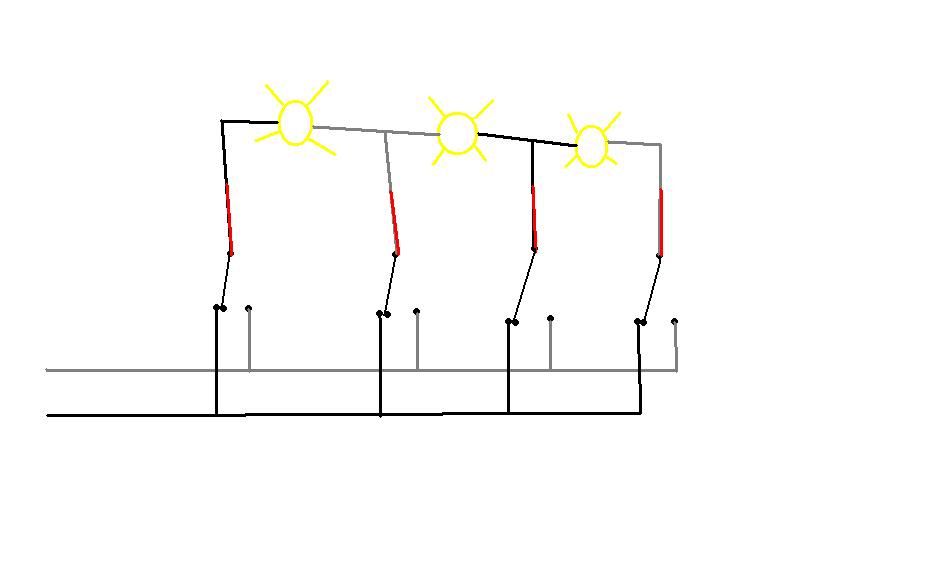xformer
Senior Member
- Location
- Dallas, Tx
- Occupation
- Master Electrician
Is the "California 3-way" switch wiring permissible according to the NEC?
Let me define a "California 3-way" for the sake of this post. I am defining the California 3-way as : a wiring of 3-way switches where the common terminals and one hot terminal of the switches are used as the travelers for the circuit. The other hot terminal of each switch is connected to the same phase wire that provides voltage to the circuit. The load for the circuit makes connection the traveler that connects the hot terminals together.
With that definition, is a California 3-way permissible according to the NEC?
Let me define a "California 3-way" for the sake of this post. I am defining the California 3-way as : a wiring of 3-way switches where the common terminals and one hot terminal of the switches are used as the travelers for the circuit. The other hot terminal of each switch is connected to the same phase wire that provides voltage to the circuit. The load for the circuit makes connection the traveler that connects the hot terminals together.
With that definition, is a California 3-way permissible according to the NEC?







